2020 - 2021 studio descriptions
Studio presentations will take place on Tuesday, September 8 at 10:00am. Information on the remote session has been distributed to students via email. See the 2020 - 2021 Welcome Letter for details about the studio selection / assignment process.
M1 studios
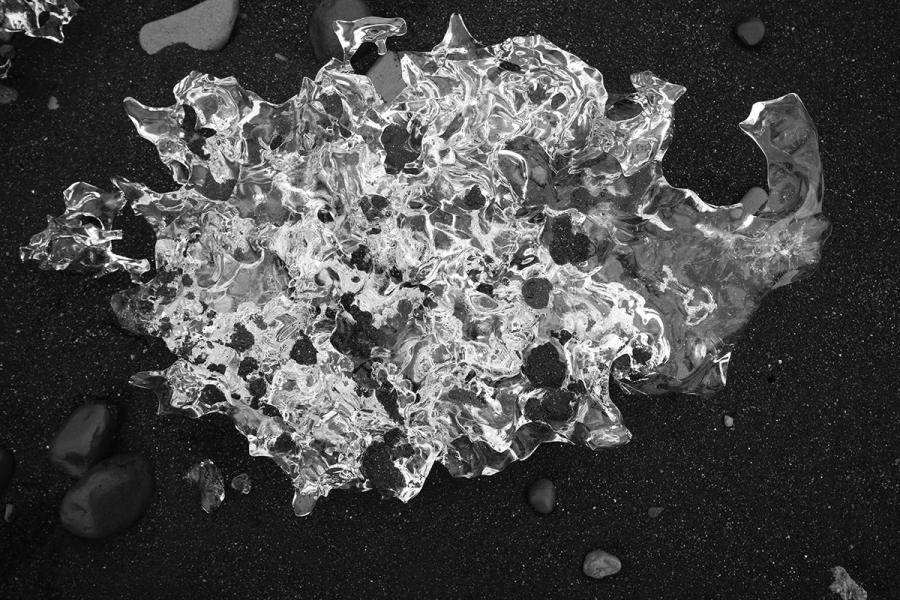
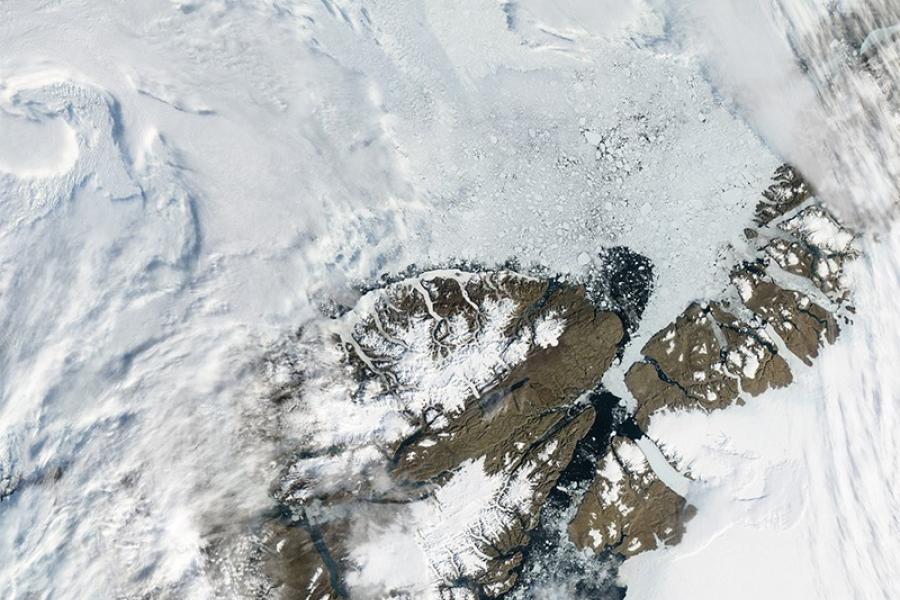
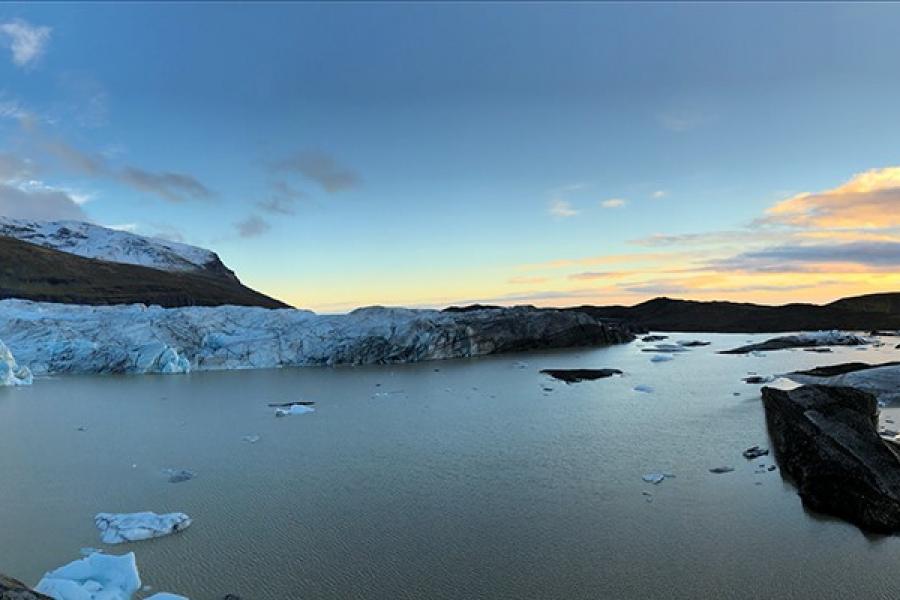
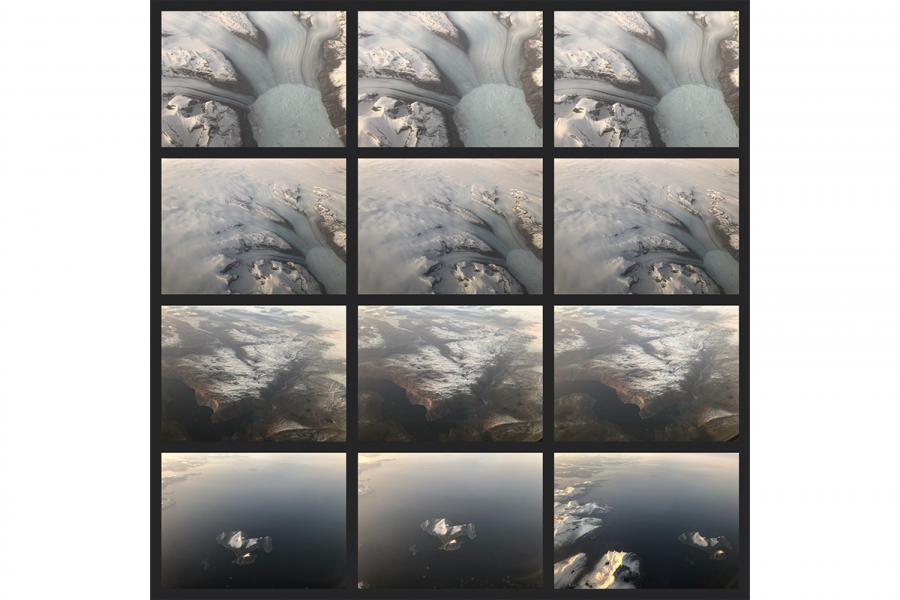
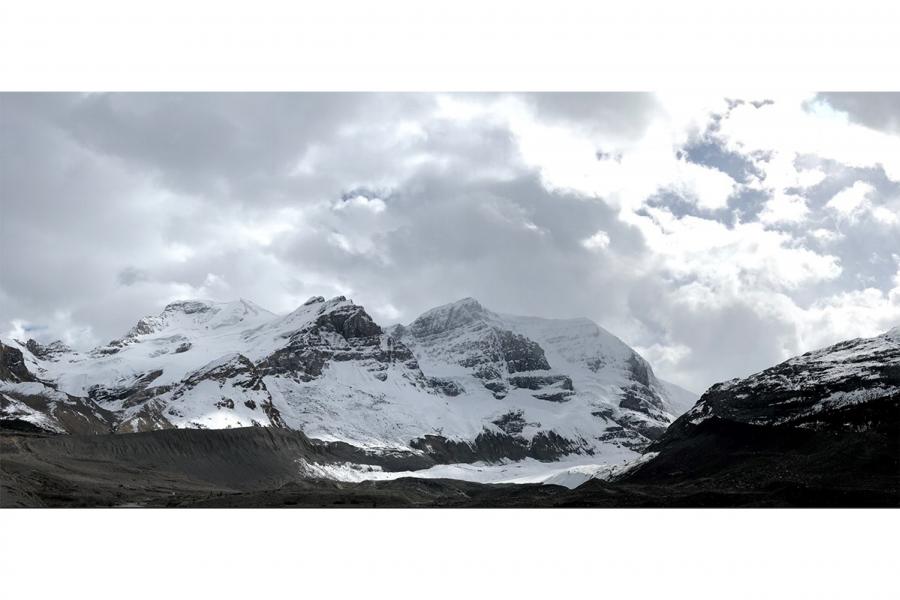
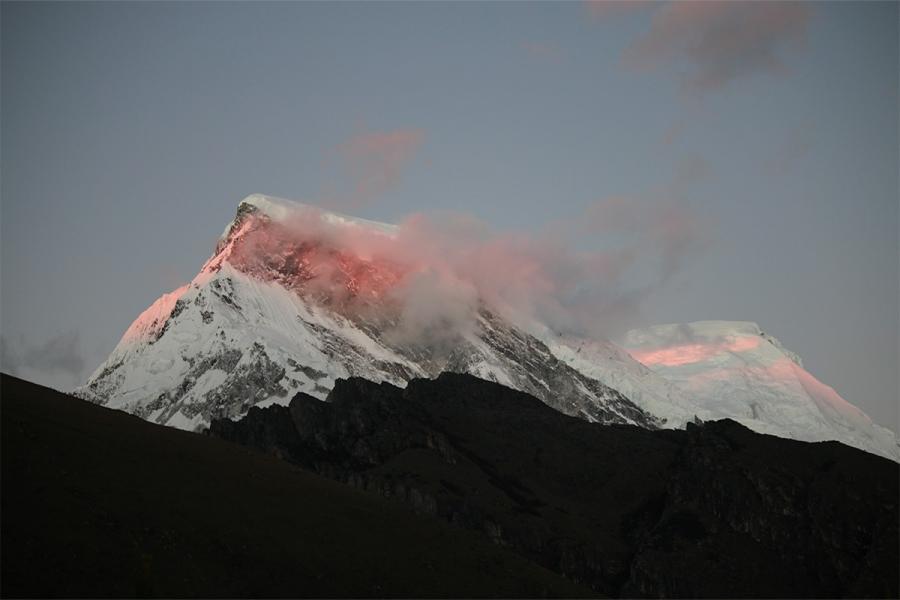
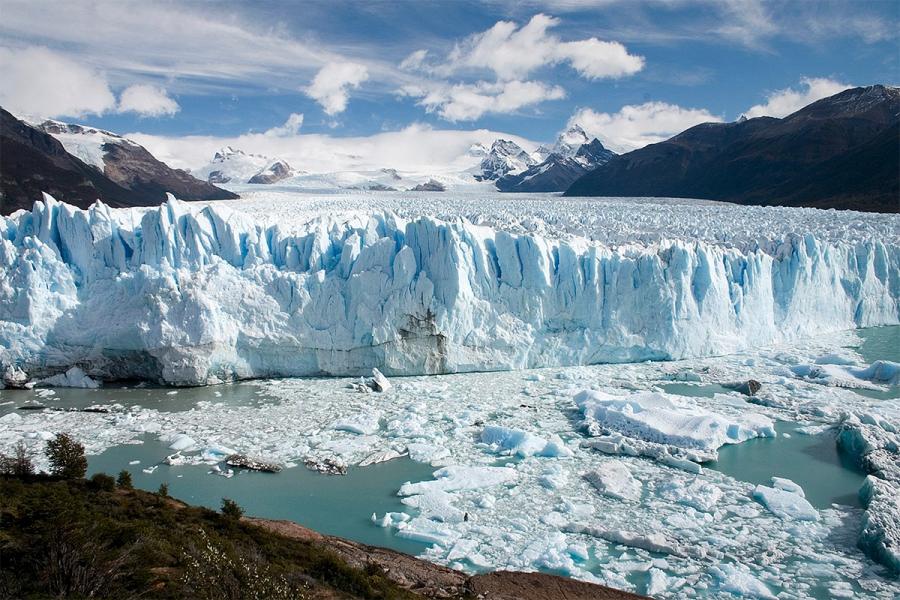
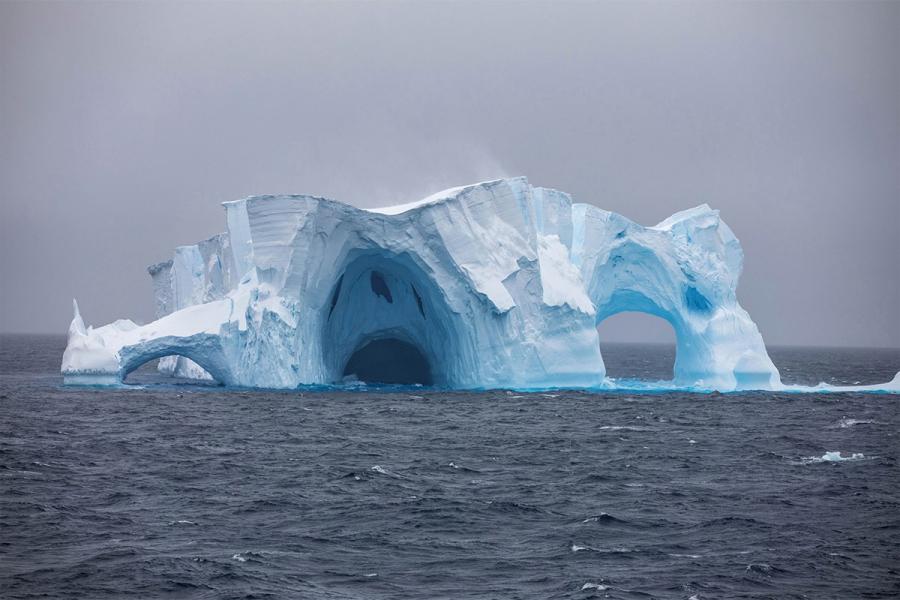
Learn more about The Seven Sisters
“Imagine sweeping high over the earth – like the angel Gabriel in CODEX 1962 - over all the tumultuous world, the endangered places, ecologies at a tipping point, communities at risk, Antarctica breaking apart, the Annapurna Himal feeding the Ganges . . . looking for ice. Above the Arctic lightning bolts are flashing around you - a phenomenon never seen before - as you fall spinning and spiraling down over Ellsmere Island to the deep fractures of the Ward Hunt Ice Shelf [1.].. . .”
So begins the course description of a two-tier/two-term studio that will explore climate change through the lenses of time and water. While remote, glaciers are not tangential to our well-being - the ice caps, glaciers and ice packs of the world account for approximately 10% of its area. In this architecture studio seven (7) glaciers are offered as sentient beings and scientific interfaces that will help us understand the origins and short and long-term fate of the world. The studio imagines the adoption of a glacier from amongst the recommended seven by each student. Inquiry will involve collaboration and inspiration from the fields of science and the arts. A physical and narrative transect up and through the glaciers will reveal their origins, material makeup, upstream conditions and downstream impact. Understanding their eminent life-fullness – hourly, daily and annual changes of growth, movement and collapse - the studio will examine the chaotic and unpredictable points of breakdown and disintegration, the sudden release from restraint, and the precipitous impact and non-recoverable transformation driven by rapid climate change. Several examples of ice-based Research Stations will be introduced as guidance to build competence in complex programming and to draw the cultural research and scientific findings into architectural expression. Fundamental to the architectural research are ideas of environmental interaction in extreme conditions, structural and assembly strategies, energy generation and distribution, new transportation technologies and no-trace zero carbon living related to remote life in a paradoxically pristine and unsettled environment.
Our second term will be devoted to a significant intentional programmatic and architectural expansion of the first term proposal inspired by the Australian Network for Art and Technology (ANAT) and their long-standing Australian Antarctic Arts Fellowship.
This studio promotes the imagination and supports the interlacing of art and science in a collaborative and interdisciplinary manner. It speaks to the need for complex and multi-vectoral reflection and intercession in order to fully comprehend the nature of these environments and to plan against all odds for their recovery.
The Seven Sisters are ...
- Ward Hunt Ice Shelf, Ellsmere Island CANADA 83o N -73o W
- Vatnajökull’s Outlet Glaciers ICELAND 64o N -17o W
- Greenland South East Fjords GREENLAND 62o N -42o W
- Columbia Icefields, BC CANADA 52o N -117o W
- Pastoruri Glacier/ Cordillera Blanca PERU 10o S -77o W
- Glaciar Piedras Blancas Patagonia ARGENTINA 49o S -75o W
- Thwaites Glacier ANTARTICA 75o S -106o W
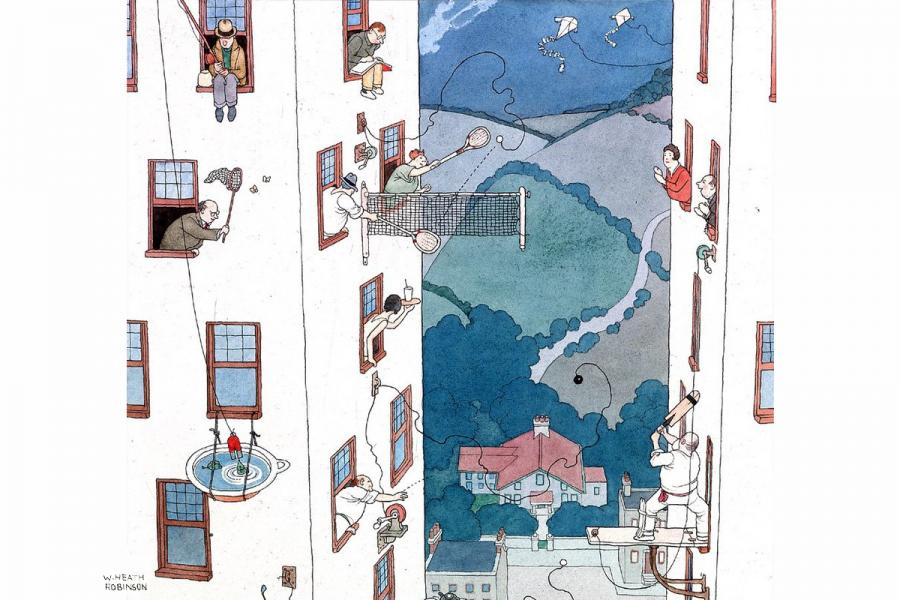
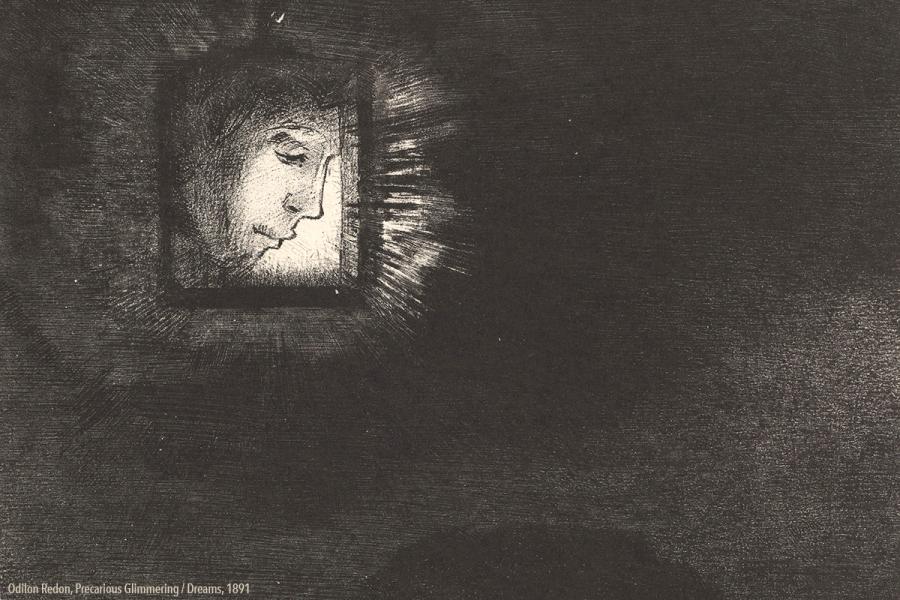
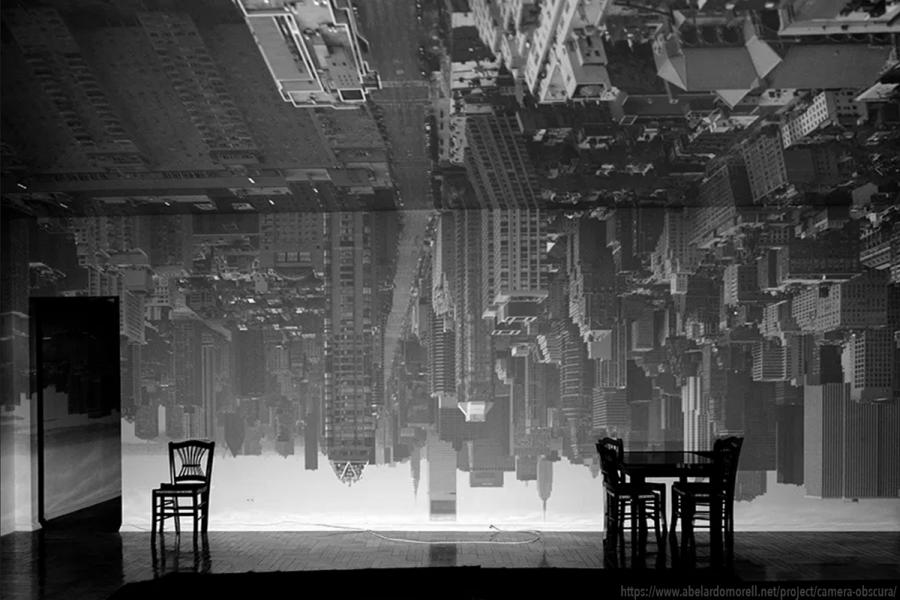
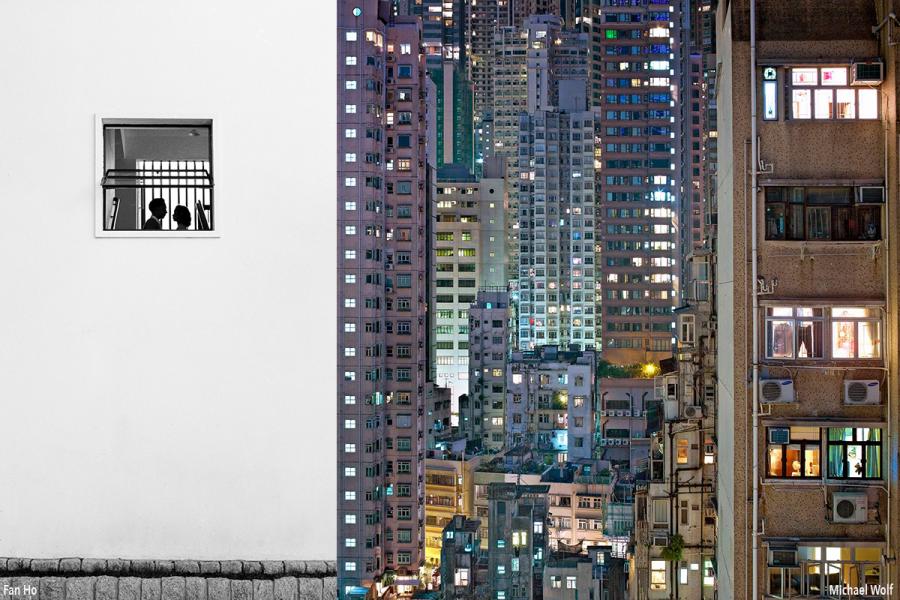
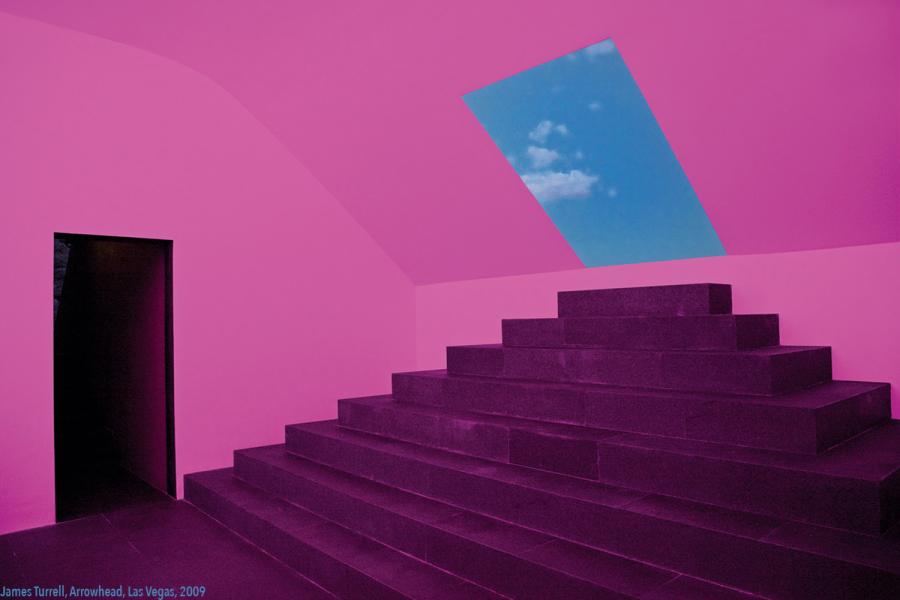
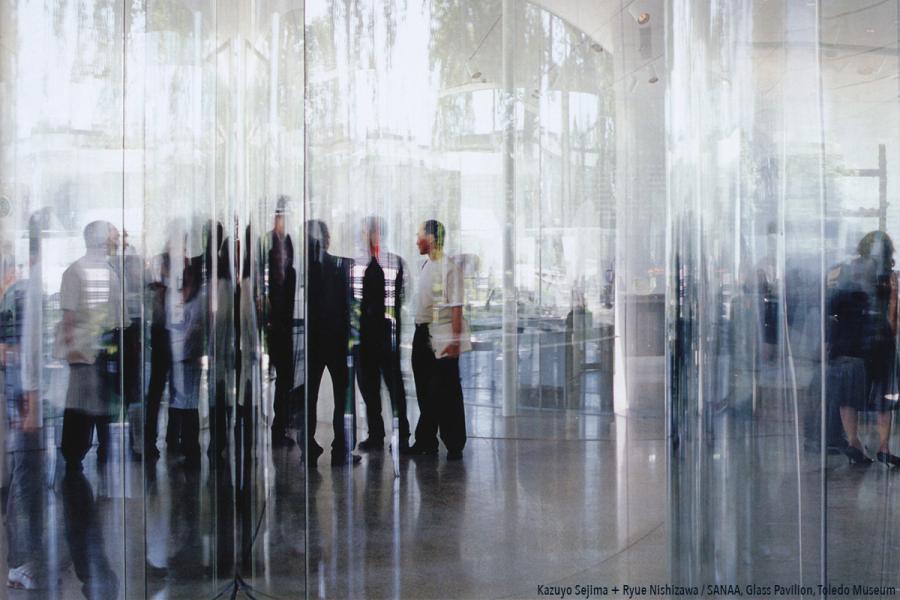
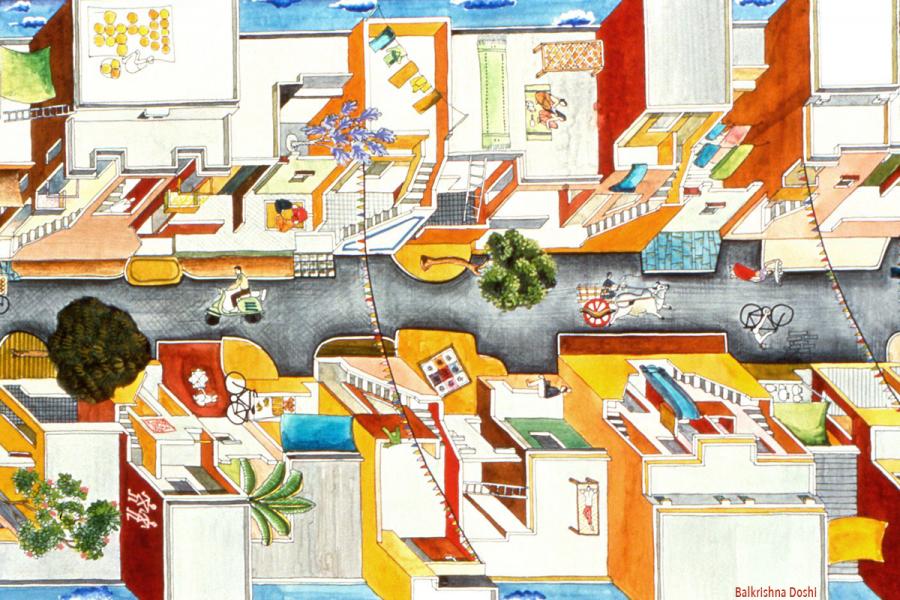

Learn more about Studio Scenario
A short story is what you see when you look out the window.
— Mavis Gallant, “A Window Scene”, 1985
For the pleasure of the occupant… the window is exactly where you wish to look out.
— Juhani Pallasmaa, Inseminations: Seeds for Architectural Thought, 2020
Let me go to the window,
Watch there the day-shapes of dusk
And wait and know the coming
Of a little love.
— Carl Sandburg, “At a Window”, 1914
Window Worlds: Arts and Acts of Dwelling
Summer invites adventurous changes of scene. This summer people around the world were forced to stay home, “locked-down” in domestic spaces, looking out the window at familiar but strangely altered landscapes.
We’re lucky to have several large windows with generous views of the city’s central historic district. Working from home all day, it is a welcome relief to be pleasantly distracted by the many micro-events framed by the windows: a bird taking flight, a bike whizzing past, a truck rumbling by. One calming scene is the daily play of raking shadows from a fire-escape stair, measuring time by dramatically stretching over the massive brick wall of a warehouse across the way.
During the pandemic, domestic windows, balconies, porches and stoops have become transformative thresholds for impromptu performances and creative communications with social and ecological worlds. Scenes and stories of people – “alone-together” – chatting, venting, even singing from windows demonstrate the participatory potential of public fenestration. More whimsical exchanges, like those imagined by William Heath Robinson (above), show the power of windows to reopen the public realm.
The window is an architectonic element and a phenomenal narrative device, framing scenes, shaping events and choreographing scenarios. Painters, like Henri Matisse and Odilon Redon, engage windows as symbolic canvases and dream machines. Photographers and filmmakers, like Abelardo Morell, Fan Ho, Michael Wolf and Jacques Tati, use windows as magical miniature theatres. And designers and architects, like James Turrell, Balkrishna Doshi and Eileen Gray deploy windows as surrogate skies, social aggregators, and operable mediators of inner and outer worlds.
Studio Scenario will begin building “window worlds” inspired by thresholds of everyday settings and imaginative artworks: paintings, photos, films and stories.
These window explorations will launch architectural studies of interconnected rooms, further opening onto social, urban and ecological worlds. As part of the required comprehensive design studio, M1 students will design multi-family dwellings with complementary multi-purpose programs for infill sites in Winnipeg. Thesis students are free to join and/or pursue more independent inquiries.
All the while, students will invent scenarios – architectural and urban; material and allegorical; human and environmental; social and situational – in which the ordinary and extraordinary commingle, enabling all living beings, however burdened by cares and concerns, to have the chance – and choice – to dwell poetically, even in times of crises.
Studio Scenario encourages radical experimentation in diverse media. The studio will involve local and international guest critics and technical experts via online meetings and virtual group site visits to Remote Practices and places.
This will be an unusual year. But, with humour, diligence and imagination we can change the pandemic narrative into scenarios of renewed propinquity.
@studio.scenario
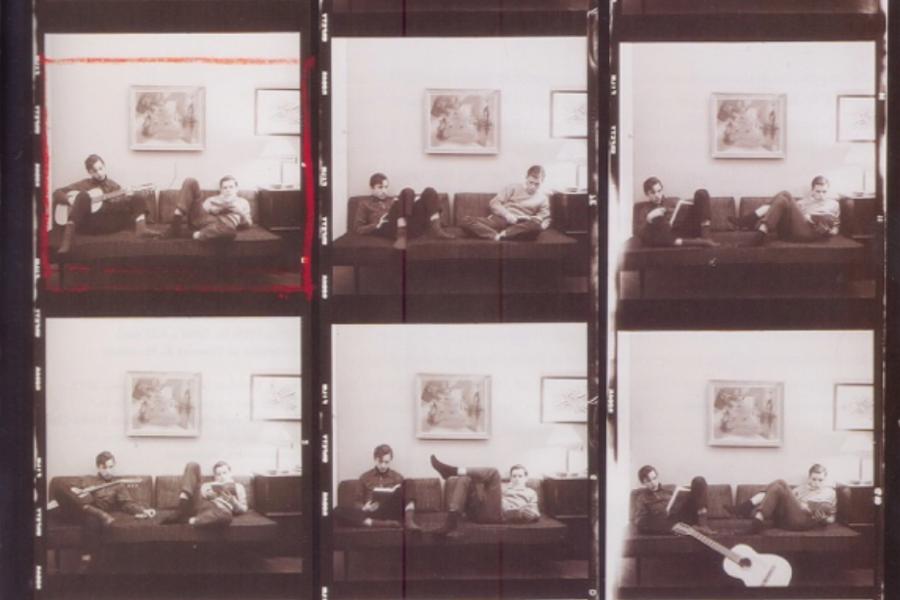
Learn more about Studio Proximity
MAIN THEME: ASSEMBLING RELATIONS: The stuff of everyday life into architecture, considering the multiple lives that simultaneously are enacted in a constructed living realm in a time of heightened awareness of personal territory
INTRODUCTION
The studio will focus on the Nature and Psychology of rooms, spaces, territories and their relation and proximity to other ones, real and imagined and unrevealed [not known] and not yet present [potential]. I am interested in both the specific conditions and the Interfaces. We are not alone in the world. Architecture needs to be cognizant of the multiple lives that simultaneously take place within it.
Studio PROXIMITIES will focus on constructing a complex living realm that is not about the forest and its paths. [Heideggerian] Rather about building and locating: about Assemblages and constructions [Deleuzian] [not ideal, pure or autonomous; rather the opposite: it will embrace the dirty realism of the world that we live in including pandemics, social obligations and responsibilities, ethics, economics, lack of money or messy site constraints, incomplete, evolving. It will be of the city and modes of arranging and disposing people and things - assemblages.
STRATEGIC CONTRADICTIONS IN CONSTRUCTING A COMPLEX LIVING REALM
WEAK ARCHITECTURE
Weak architecture is the diagonal, oblique and or transverse cut through recollection. Philosopher Sola Morales describes the lingering resonance of poetry after it has been heard, with the recollection of architecture after it has been seen. Weak architecture gains strength from a position of weakness, of not being centered and aggressive and dominating but tangential and weak.
REVEALING ATTITUDES
When attitude, discovery and material knowledge generate form. Against purely formal methods of working, how can the attitudes that a student already has and methods of working, shape their architecture. Constraints illicit attitudinal responses.
CONSEQUENTIAL METHODOLOGY
One becomes aware of one’s choices after taking on consequences. One has to make choices that create consequence. Students will be encouraged to make consequential choices.
MAKING
Architecture students need to be engaged in making stuff, working with real materials, not just for the sake of making something but because it offers a greater aim. The encouragement will be to restrict the natural default to catalogue kit of parts fitments and ways.
RADICALLY IMPERFECT
The radically imperfect will provide the traction for advancing ideas into architecture. PROXIMITY STUDIO is interested in how these can become charged places of meaning within an architectural investigation. Can giving up some control to changing environments, enacting situations still yield poetic and rich work? Can we yield to the things that we don’t have control over and make these critical places where meaning can generate architecture, can structural deflection in a wood frame building or the tolerance in dimensional lumber or other seemingly real annoyances and imperfections be affirmed critically to generate embodied work. This exploration requires a will over reason, DIY, positivistic attitude where one makes no excuses and has no regrets.
SPECIFIC HOUSING
You will design a medium scale housing project guided by your own beliefs. You will draw some of your design at a one to one scale such that you can imagine inhabiting.
CPCI FRAMEWORK
You will explore your ideas in a tectonic physicality in precast concrete. CPCI is providing some funding for this studio.
